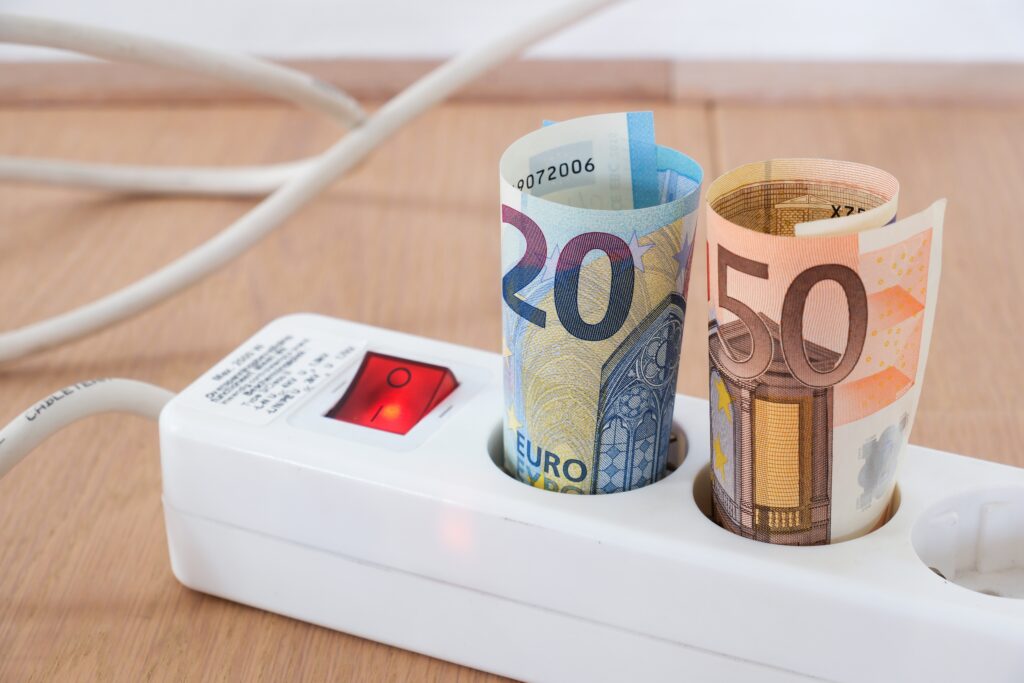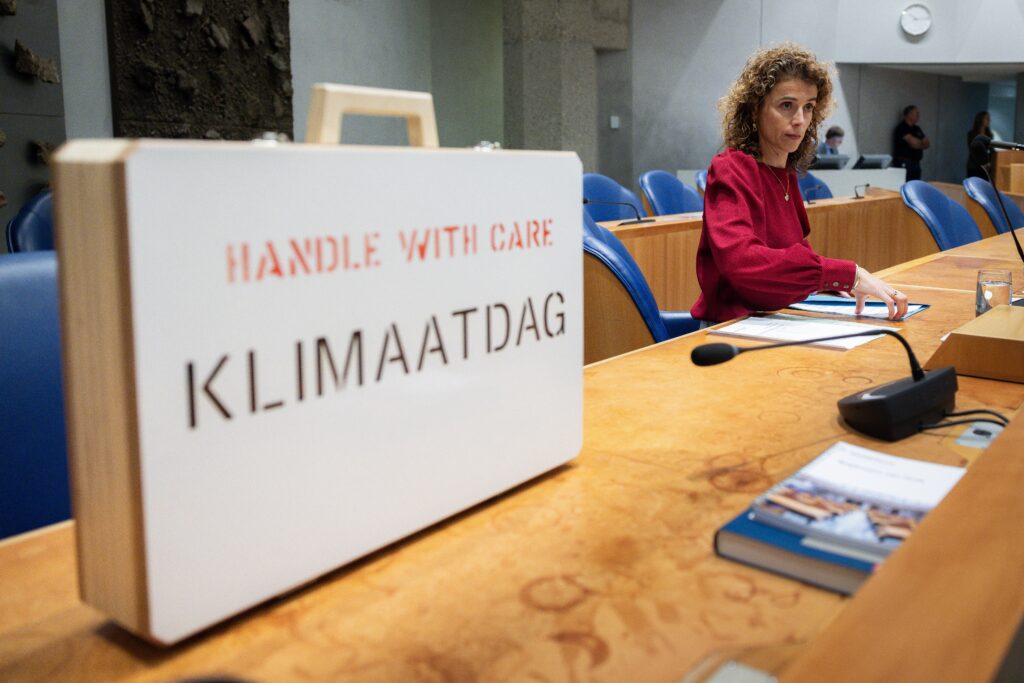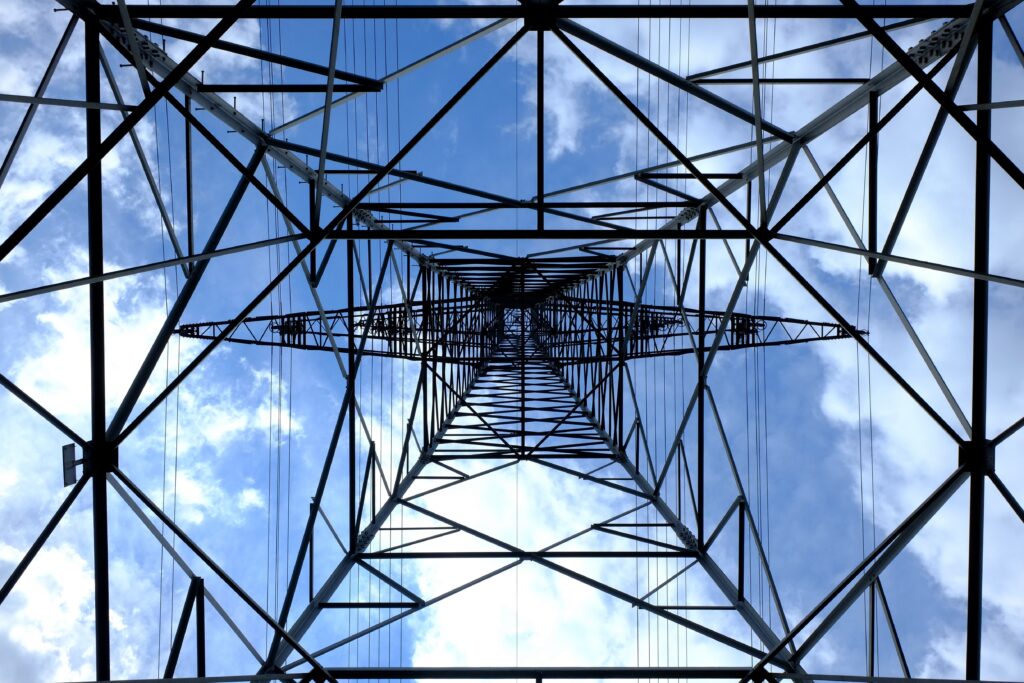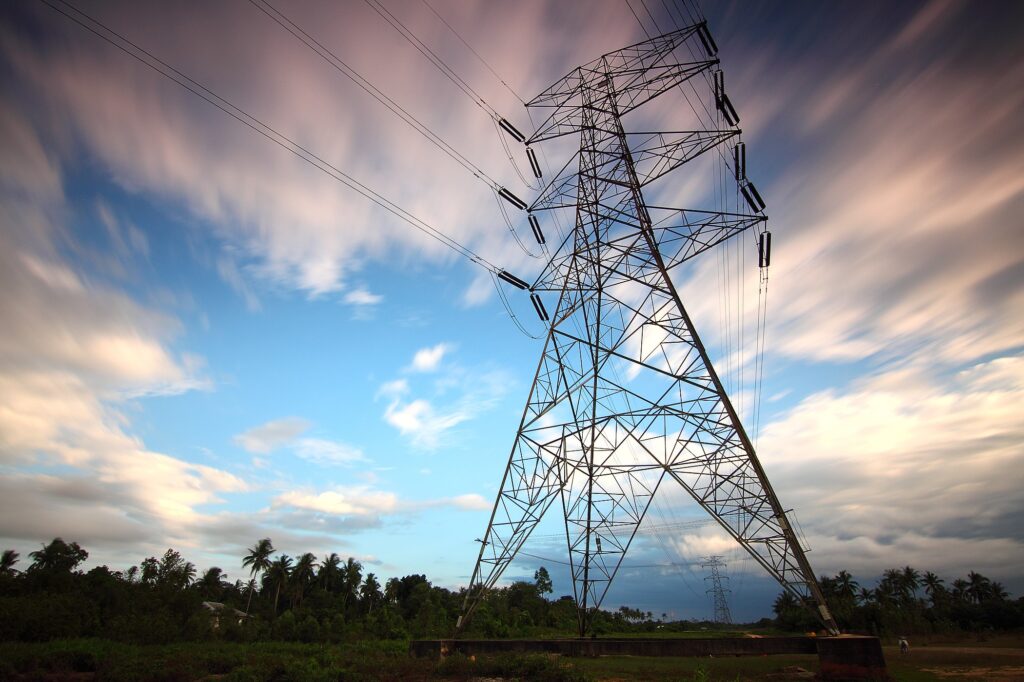Gasunie Transport Services B.V. (GTS) presented the transmission tariffs for 2025 today. After the rates dropped in 2024 (-20%), GTS-tariffs will increase significantly in 2025. Compared to 2024, the average rate will increase by more than 50%. The complete tariff proposal can be found on the GTS website.
Reasons behind increased tariffs
The most important cause for the rise in transmission tariffs constitutes the recent low usage of the gas network (this was less than expected). This is connected to further gas savings and decreased industrial activity. Another reason behind these high tariffs is a revised Method Decision. A court ruling has dictated that the ACM may no longer use a European benchmark investigation to determine GTS’ efficiency. The efficiency of GTS has therefore been set at 100%. Moreover, the gas network, in light of diminishing future usage, will be written off at an accelerated pace.
Cascading
The incredible ups and downs in the GTS-tariffs strengthen Energie-Nederland’s call to implement ‘cascading’ for these tariffs. This has already been the case in the electricity sector for years: TenneT charges the costs they make to the regional grid operators. The regional grid operators include this in their own grid operating costs, which are updated on a yearly basis. The GTS-tariffs, however, are currently included in the energy supplier’s tariffs. Because of the significant shifts in the GTS-tariffs, it is difficult to estimate what amount must be charged to customers with a long-term contract. This could lead to the addition of a risk premium in the consumer tariffs, meaning endusers must pay an unnecessary additional amount. Energie-Nederland therefore pleads for the implementation of cascading of the GTS-costs through the yearly adjustable tariffs of the grid operators.






